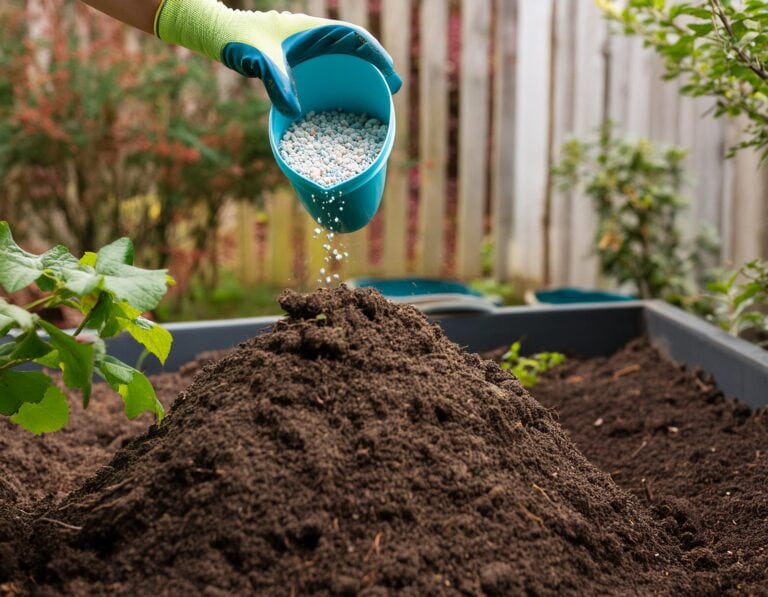I remember picking up a good friend of mine at the airport in Toronto.
The Australian and I exchanged some laughs and stories and then he suddenly whipped his head to look out the window.
“That’s fresh water?” he asked, stunned by the never ending abyss that is Lake Ontario.
As most of you know, the view from the top of the Burlington Skyway can offer two profound thoughts — the Great Lakes are truly great; and we generally don’t treat them so great.
Enter Sustain Our Great Lakes, a federally funded program about to inject $6.6 million into 25 different environmental projects.
They see it as a win-win, because organizations like this understand the value of healthy ecosystems and their relationship with human life.
Some of Canada’s rarest habitat and wildlife communities will benefit, and so will our water quality in this effort spanning across Ontario and select Great Lake States.
The projects are aimed at wetland restoration, improved fish passageways, invasive species control, and ecosystem services such as water filtration and flood control.
The proposed statistics are impressive, including a goal to prevent more than 33,000 pounds of nitrogen and 8,000 pounds of phosphorous from entering freshwater ecosystems annually.
Algae thrives on nitrogen and phosphorus, creating explosive blooms in your backyard pond or even a third of Lake Erie at times.
This overwhelming plant growth deoxygenates the water and blocks sunlight, damaging the species richness. It also makes our swimming water totally repugnant.
Another noteworthy stat is the restoration of 72 miles of stream and riparian habitat. This just means “river side” habitat, such as wetland areas, forested banks, and natural floodplains. Maintaining, and in this case adding habitat along creeks and rivers flowing into Lake Ontario ensures that less sediment is eroded away, pollutants can be filtered more effectively, and we provide a bonus wildlife corridor for native species to travel around. I always thought this would be especially applicable for 2, 4, and 8 Mile Creek in NOTL, as the majority of these watersheds’ courses are essentially ditches running through farmland, featuring very little structural or biological complexity.
We know that living in Canada’s most densely populated area puts immense environmental stressors on the Great Lakes. I remember feeling frustrated, as I dragged along the screen on Google Maps in an attempt to find areas of natural shoreline between NOTL and Toronto. There is literally almost none along that stretch. I suppose the frustration stems from wishful thinking, where previous decision makers over generations would have seen the value to leave natural ecosystems in tact.
My Tedx Talk, which can be searched YouTube called “The Biophilic World,” homed in on a point of what drives people to be inspired (or care less) about the health of the environment, including the Great Lakes. For some, we see inherent value in the wetlands, unique birds, and clean water of the region. For others, they may be asking, “Well, what’s in it for me? Why should I care about a shoreline swamp, or a blue spotted salamander?” (P.s. we have these salamanders near downtown NOTL).
Resorting 1,400 acres of wetland, installing 180,000 sq ft of green stormwater technology, and reopening 103 miles of fish passageways is only the start. These initiatives aren’t just for tree huggers and wildlife enthusiasts — they are here to help everyone including ourselves. So yes, my Aussie friend, that is the almighty Lake Ontario, an oasis of fresh water that is ours to protect.









